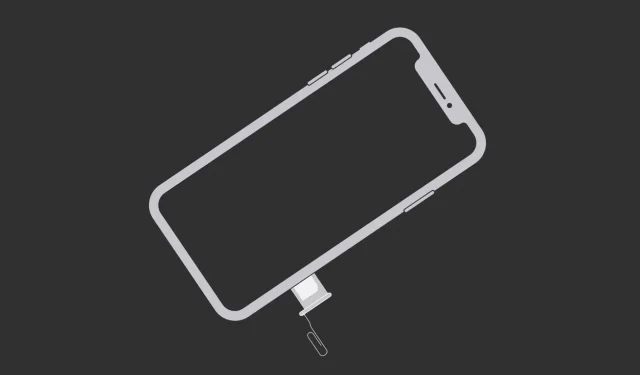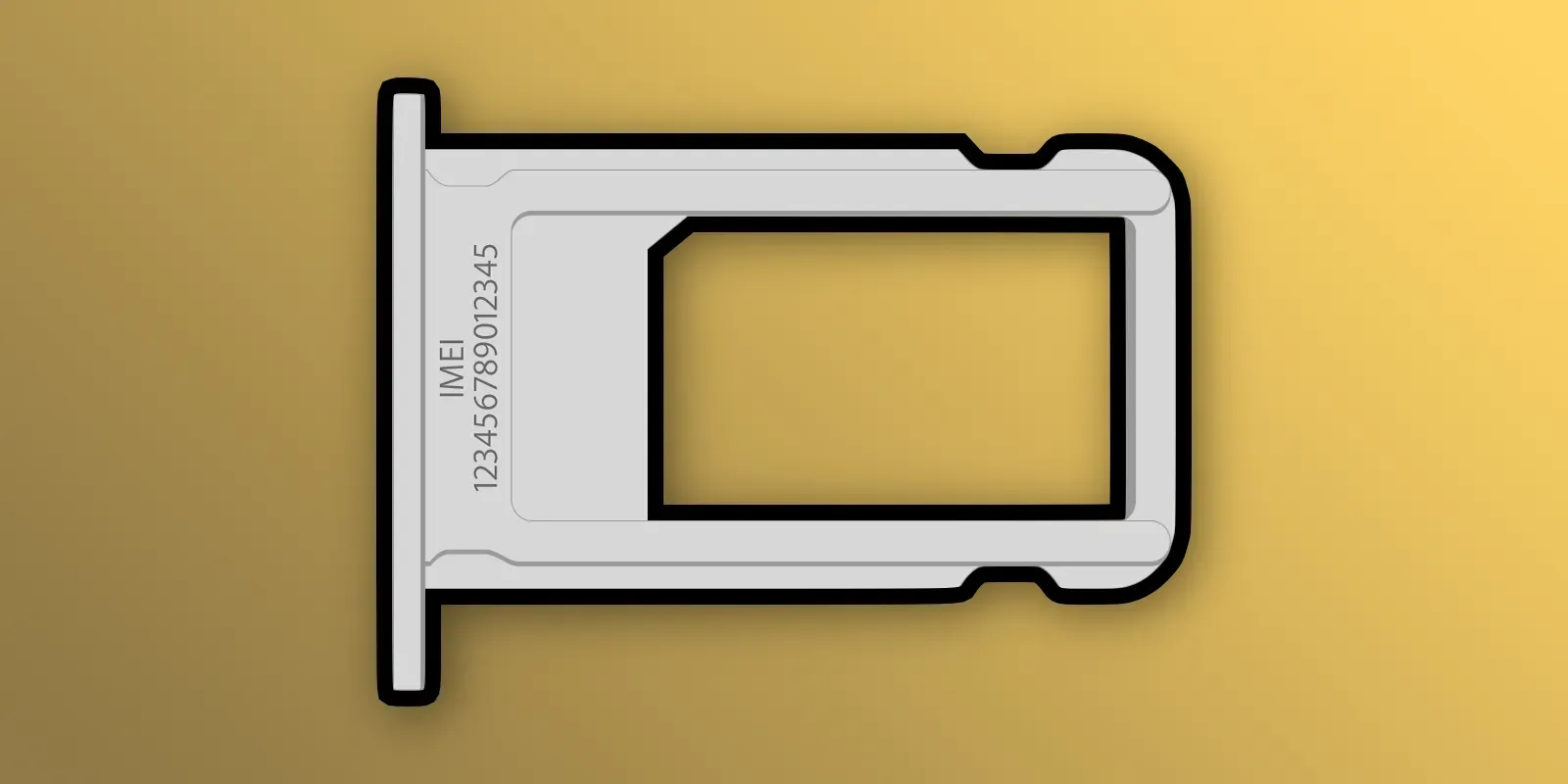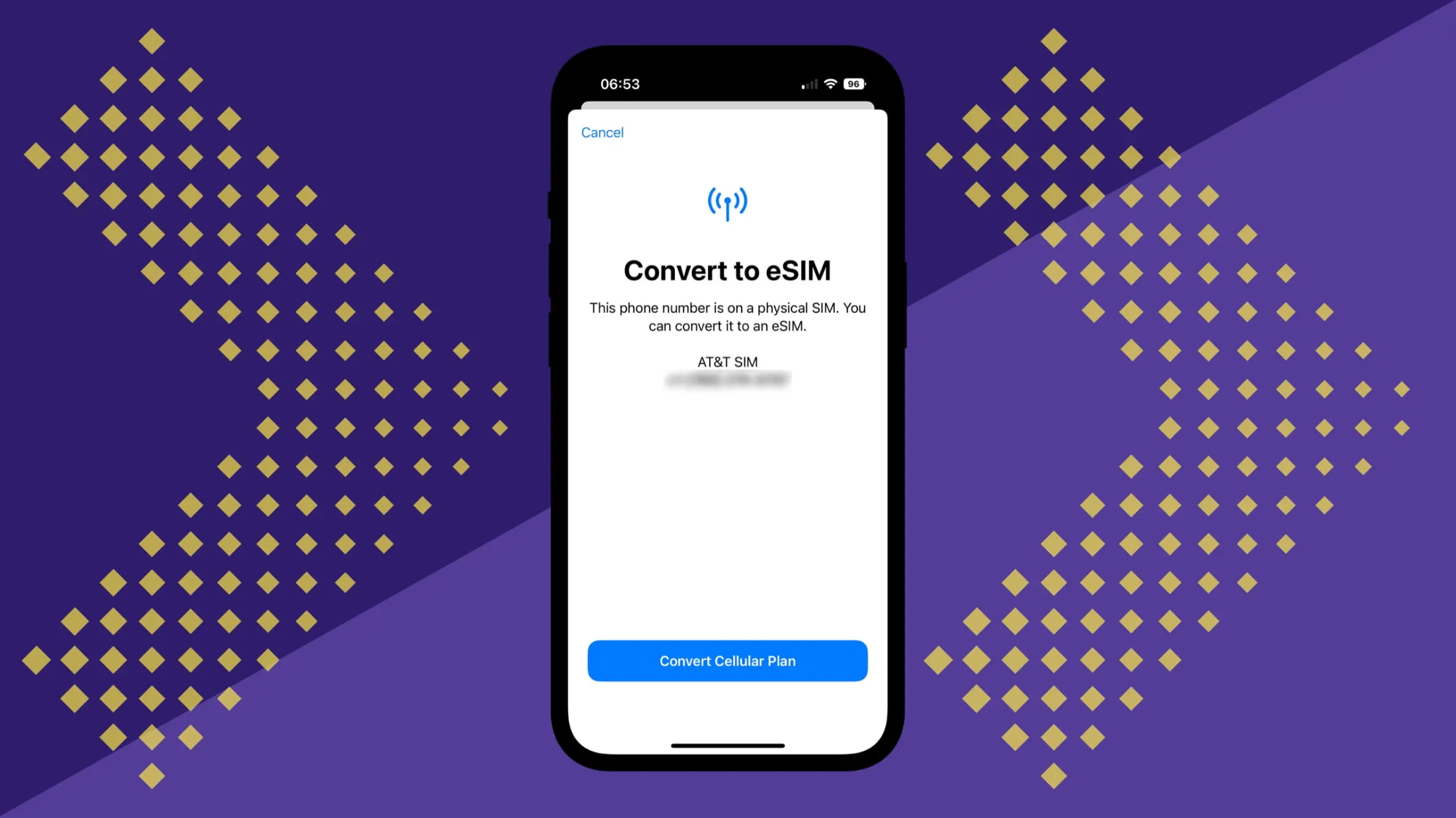What is iSIM and how does it work? When will Apple introduce iSIM for iPhone?

Find out about the latest SIM technology standard, Embedded Subscriber Identity Module or iSIM, and when Apple might release an iPhone with it.
SIM evolution so far
A subscriber identity module, subscriber identity module, or simply a SIM card is what allows your iPhone to use cellular networks. The tiny chip on the plastic card securely stores the International Mobile Subscriber Identity (IMSI) and corresponding key, which are needed to identify your device on the mobile network.
The first SIM card was developed by the German smart card manufacturer Giesecke & Devrient in 1991. Since then, the SIM card standard has gone through several iterations that have reduced its size but introduced new features.
The iPhone supports standard SIMs, their smaller variants Micro SIM and Nano SIM, as well as eSIM, but there’s already a next-generation SIM dubbed iSIM.
What is iSIM? How it works?

The embedded Subscriber Identity Module (iSIM) places the SIM chip directly into the phone’s application processor. So, instead of an eUICC chip permanently connected to the phone (eSIM), the SIM functions are now integrated right into a secure enclave of the core chipset that powers the phone.
The main advantages of this approach are better protection against dust and water, lower costs, better security and a significant increase in energy efficiency. Because it’s about a hundred times smaller than a physical 12.3 x 8.8 mm Nano SIM card, iSIM technology frees up valuable space inside the mobile device for other hardware features such as better cameras, additional sensors, or larger batteries.
To give you a rough idea, an iSIM takes up less than one square millimeter.
The first integrated SIM cards were introduced by Deutsche Telekom in 2021 as an eSIM alternative for tiny low-power IoT accessories, but in 2018 iSIM technology was developed by semiconductor manufacturer ARM.
iSIM is currently coming to the fore and flagship Android smartphones such as the upcoming Samsung Galaxy devices are expected to use iSIM technology in 2023 and 2024.
This is because Qualcomm, which supplies processors to much of the Android world, at Mobile World Congress in February 2023 unveiled a special version of its Snapdragon 8 Gen 2 chipset that includes iSIM.
When will iPhone accept iSIM?
Considering iSIM is a new technology, it would be reasonable to expect this year’s iPhone 15 family to adopt eSIM or iPhone 16 models coming in 2024. We expect Apple to integrate iSIM functionality into future silicon iPhones (A17 or A18).
The iSIM can also be built directly into custom wireless chips that Apple is rumored to have been developing for years. The most recent rumors indicate that the company may introduce its first iPhone with a proprietary cellular modem in 2024.
The Cupertino-based company is also believed to be working on its own chip for Wi-Fi and Bluetooth functions. A custom 5G modem and Wi-Fi/Bluetooth chipsets would be good candidates for integrating SIM features via iSIM.
iPhone 14 goes all-in on eSIM

The iPhone 14, iPhone 14 Plus, iPhone 14 Pro, and iPhone 14 Pro Max models will hit stores in September 2022 as the first Apple smartphones without a SIM tray. This is because all models in the iPhone 14 lineup contain a programmable SIM chip, or eSIM, built directly into the device’s logic board.
All iPhone 14 devices offered in the US are eSIM-only, so they don’t have a physical SIM tray. Devices sold outside the US have both an eSIM and a SIM tray, with the exception of iPhones sold in mainland China, which do not support eSIM.
But the iPhone 14 and iPhone 14 Pros aren’t the first Apple smartphones to support eSIM — they’ll be the iPhone XS, iPhone XS Max, and iPhone XR. Apple introduced its first eSIM-enabled device a year earlier with the Apple Watch Series 3. The third-generation iPad Pro, announced in 2018, was the first eSIM-enabled iPad.
Leave a Reply